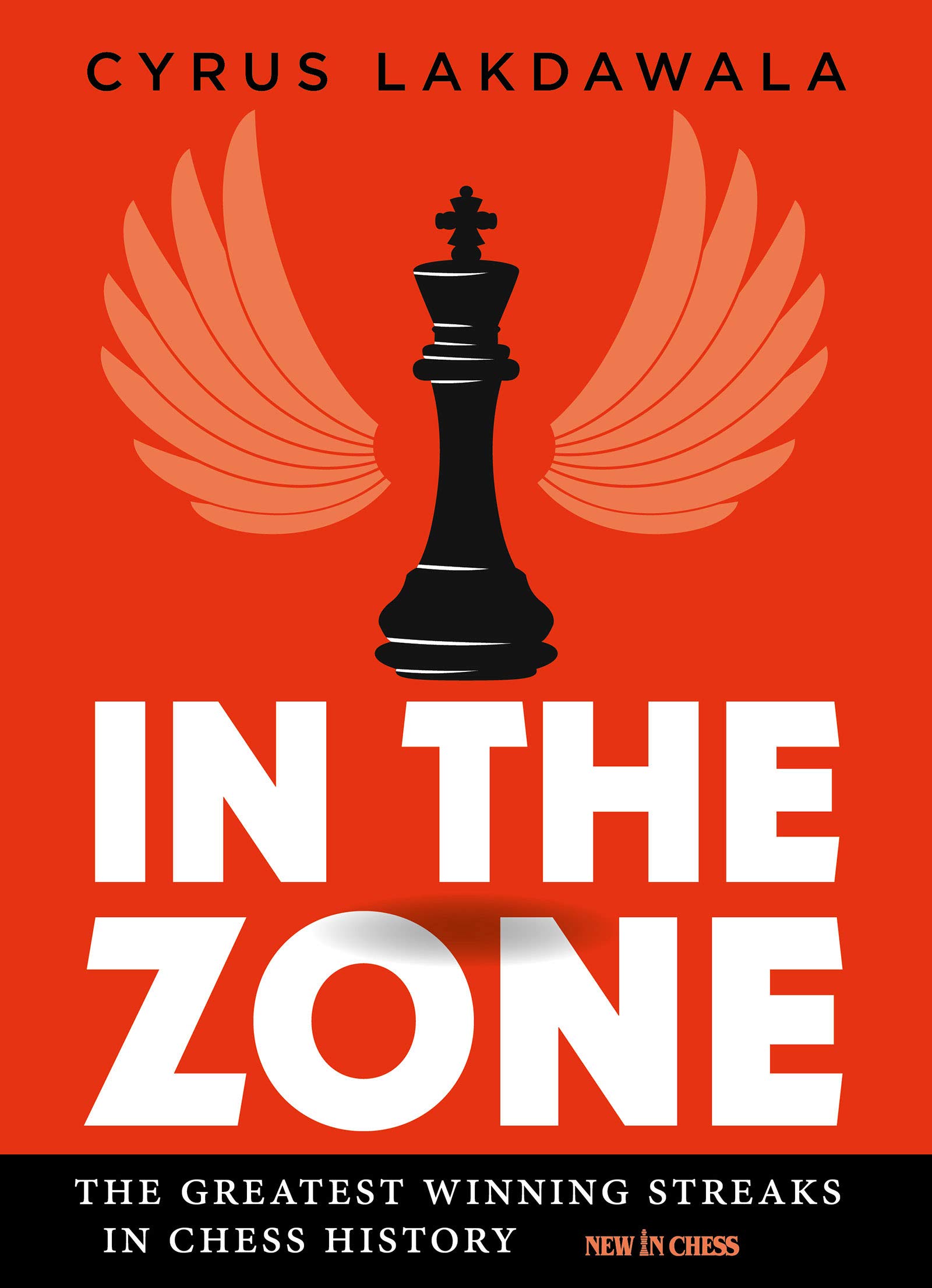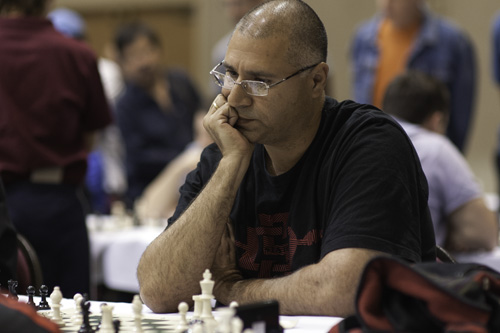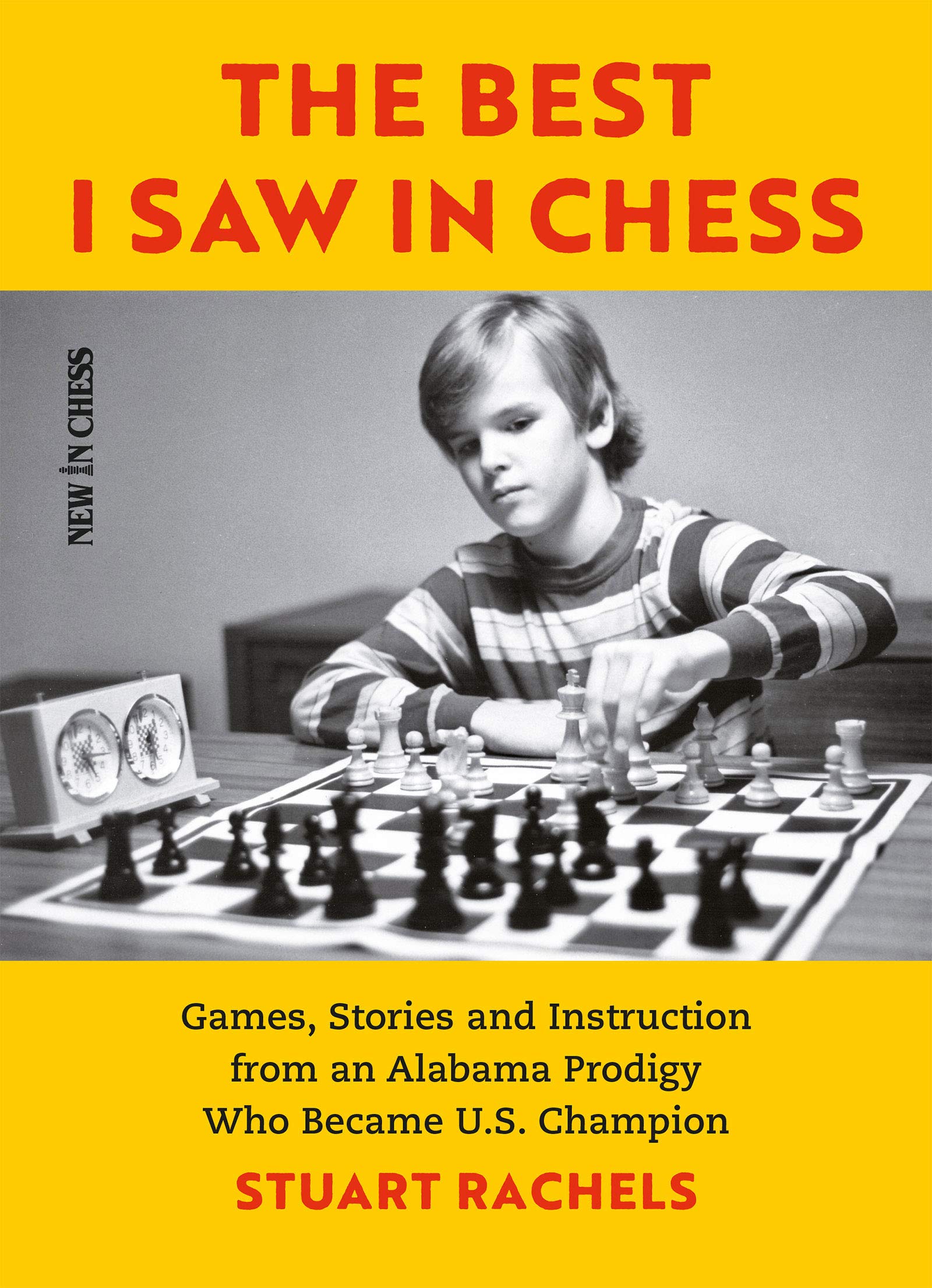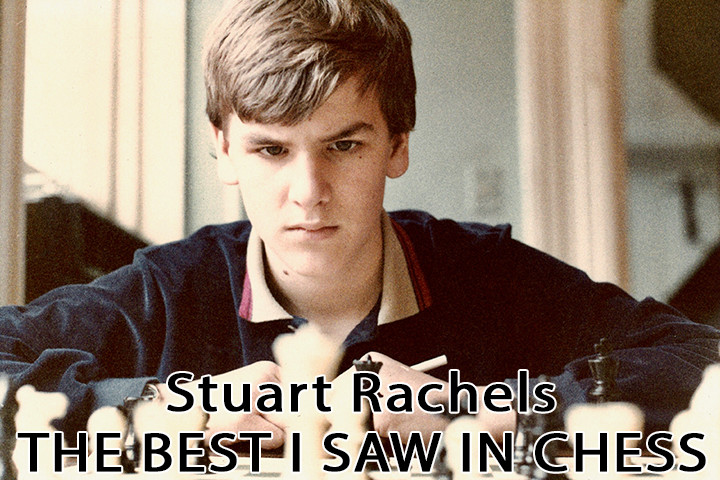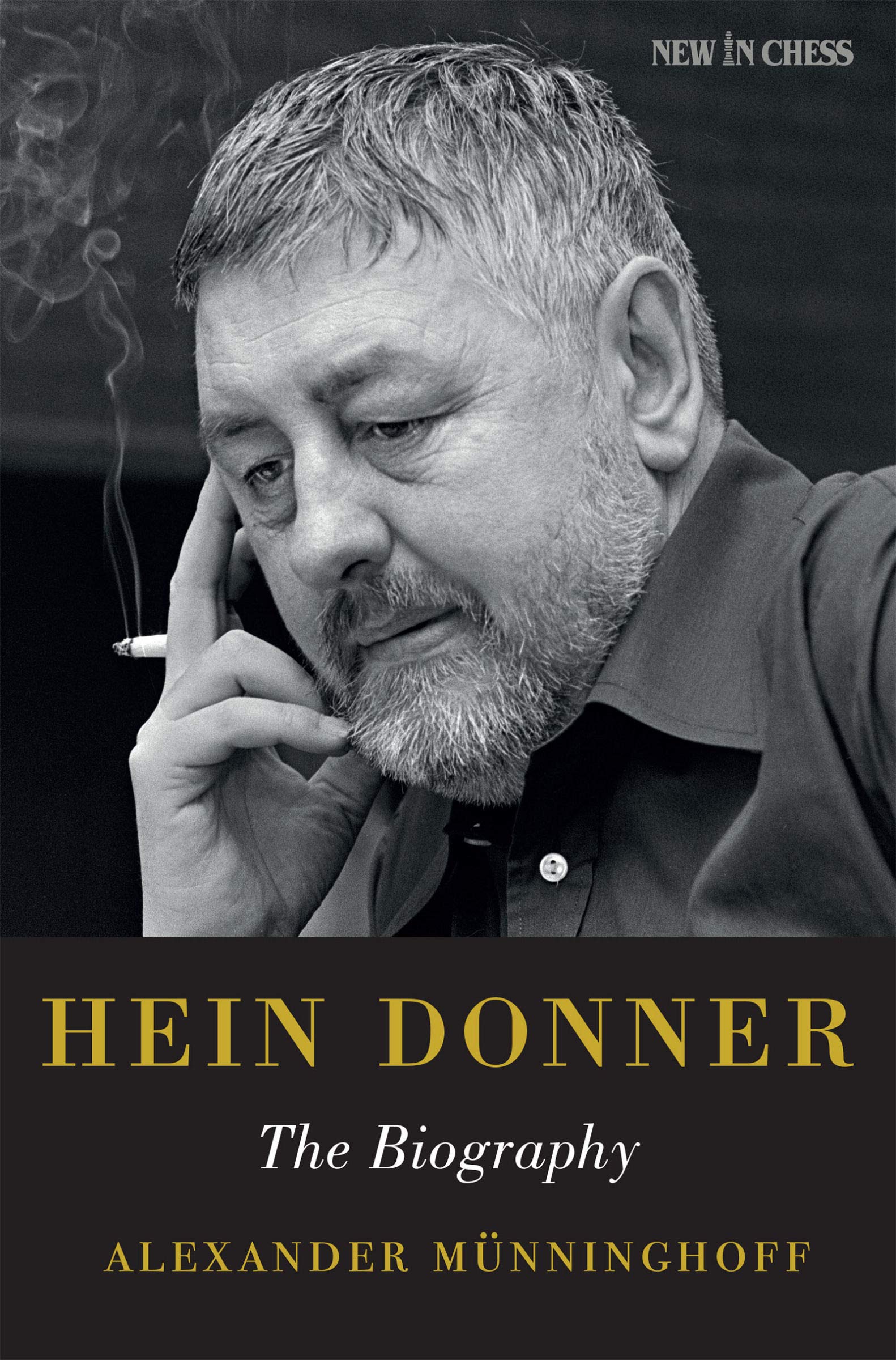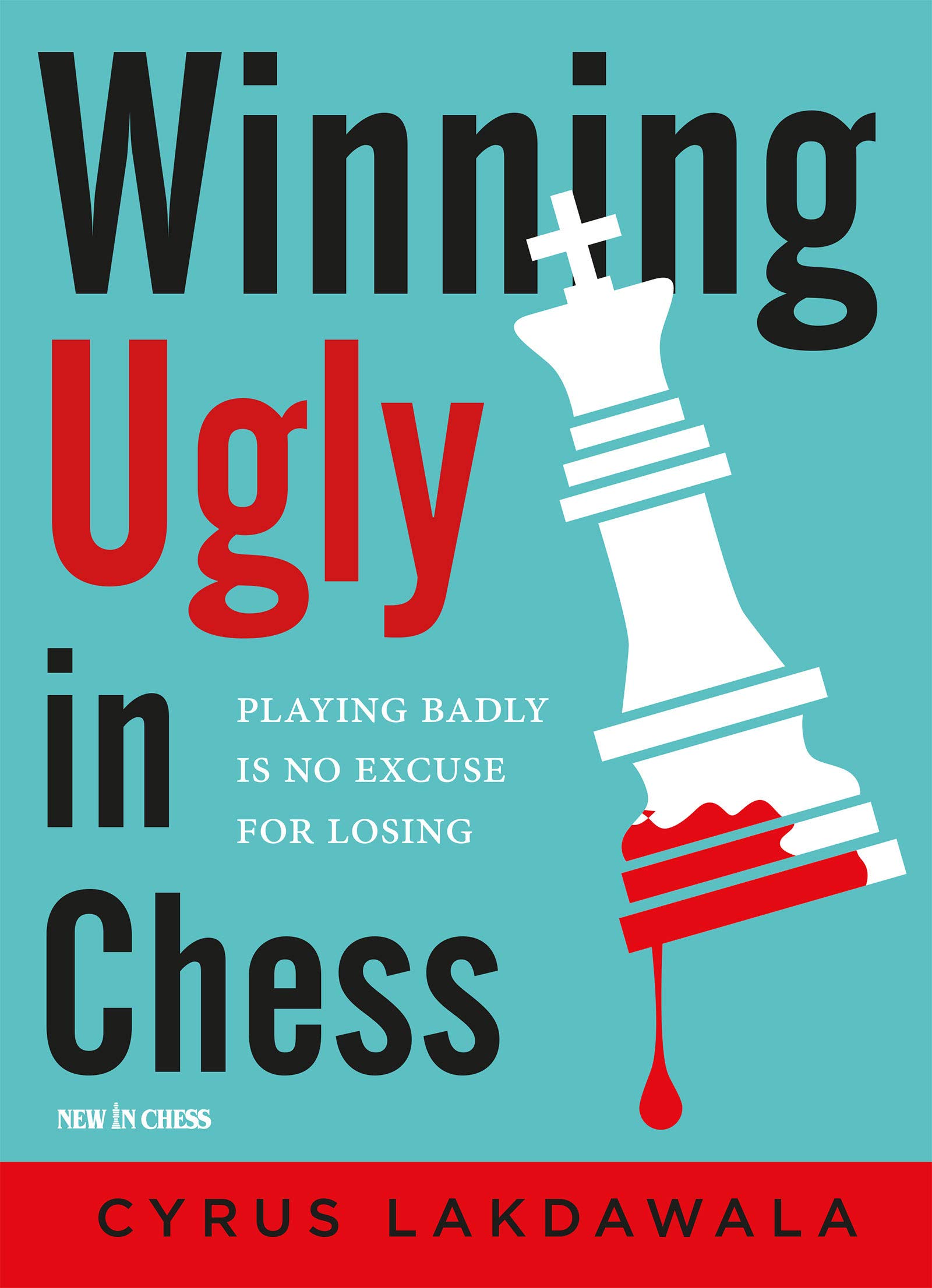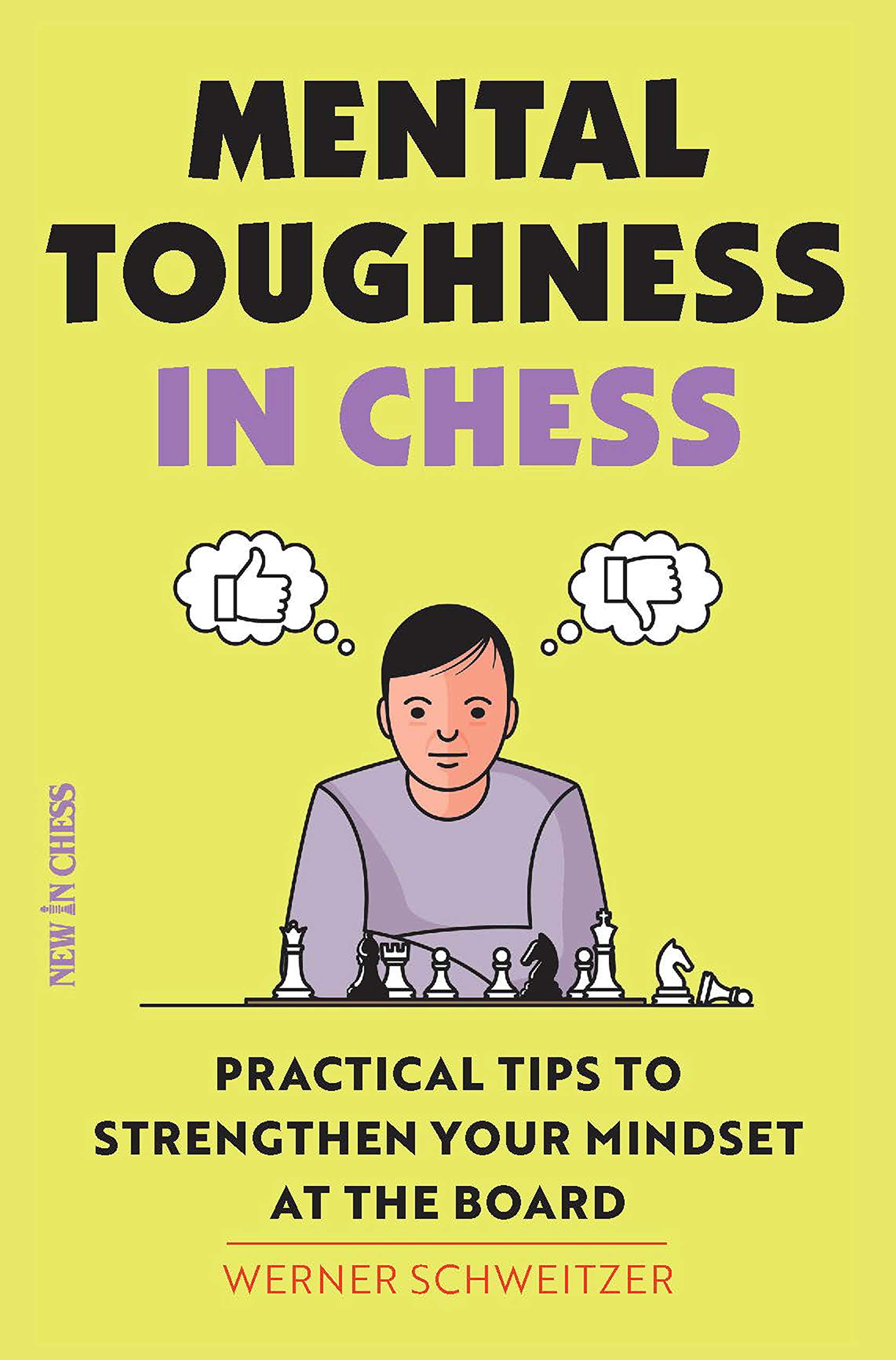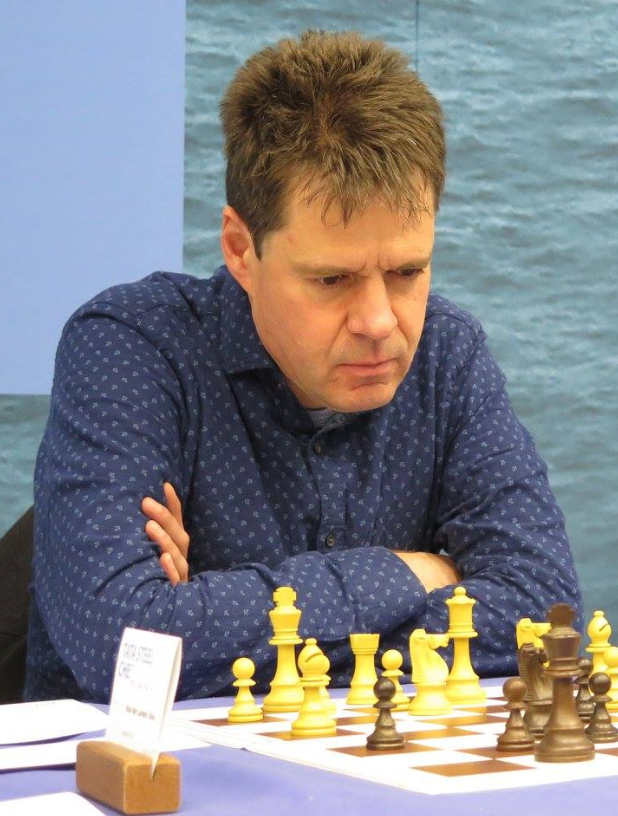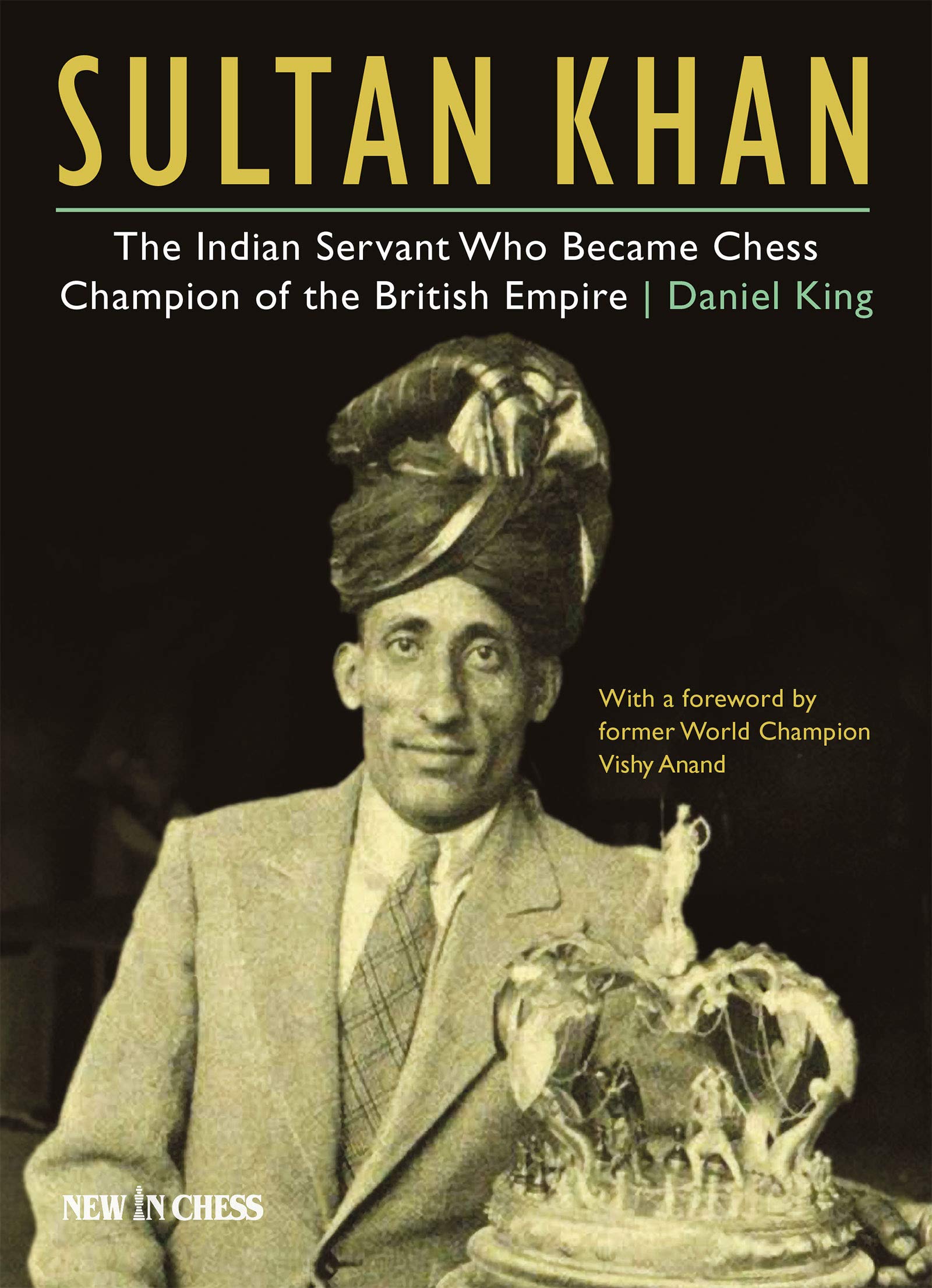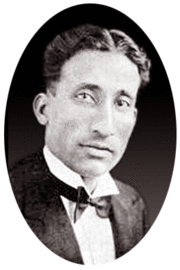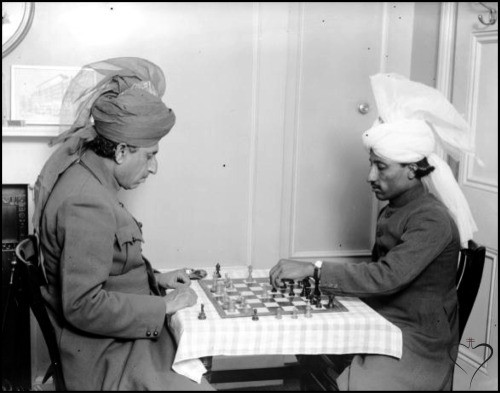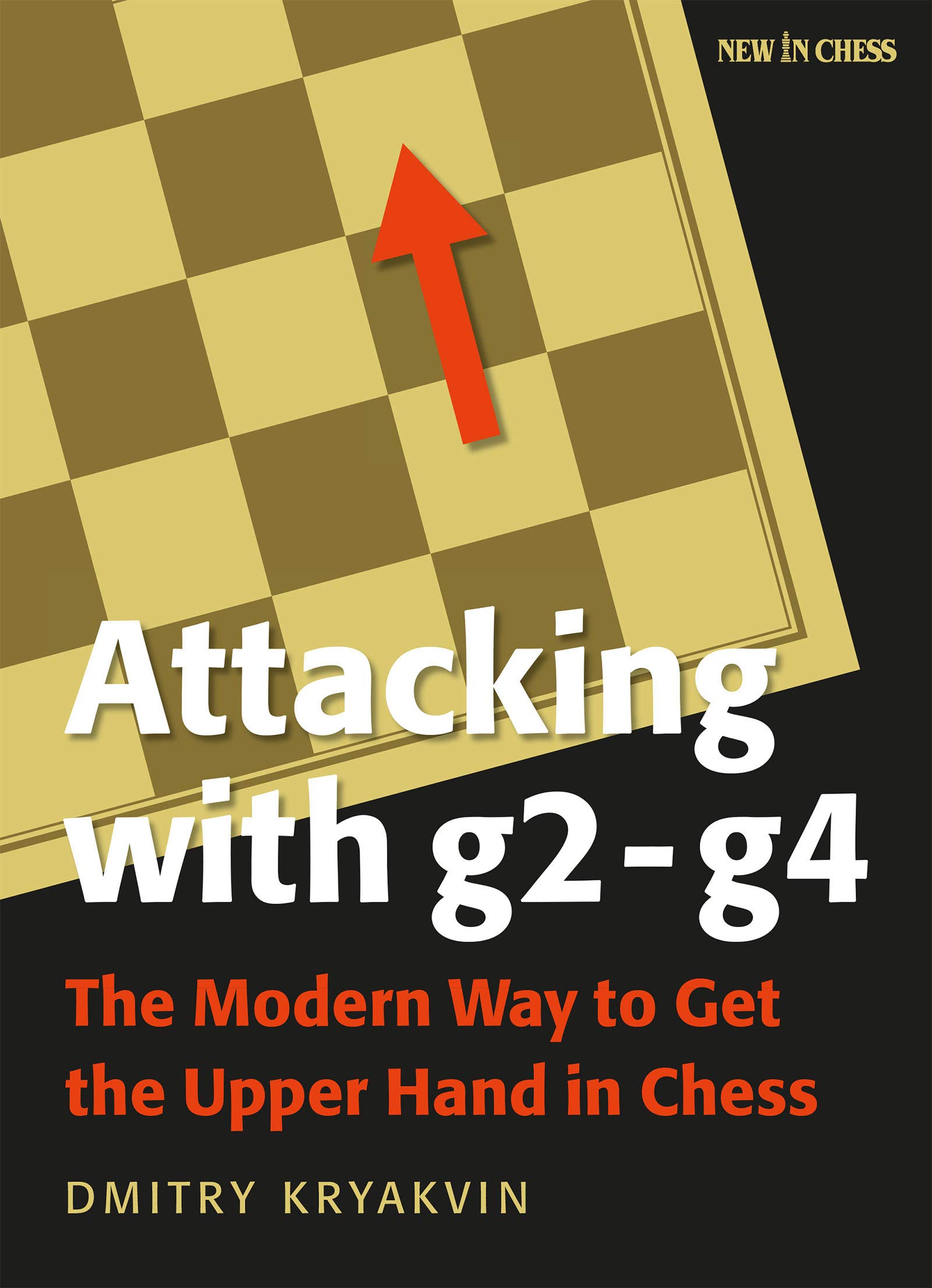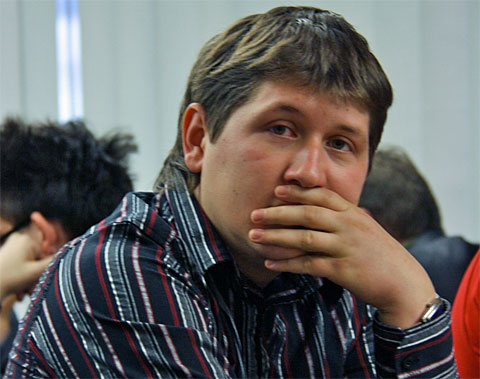The Complete Chess Swindler : David Smerdon
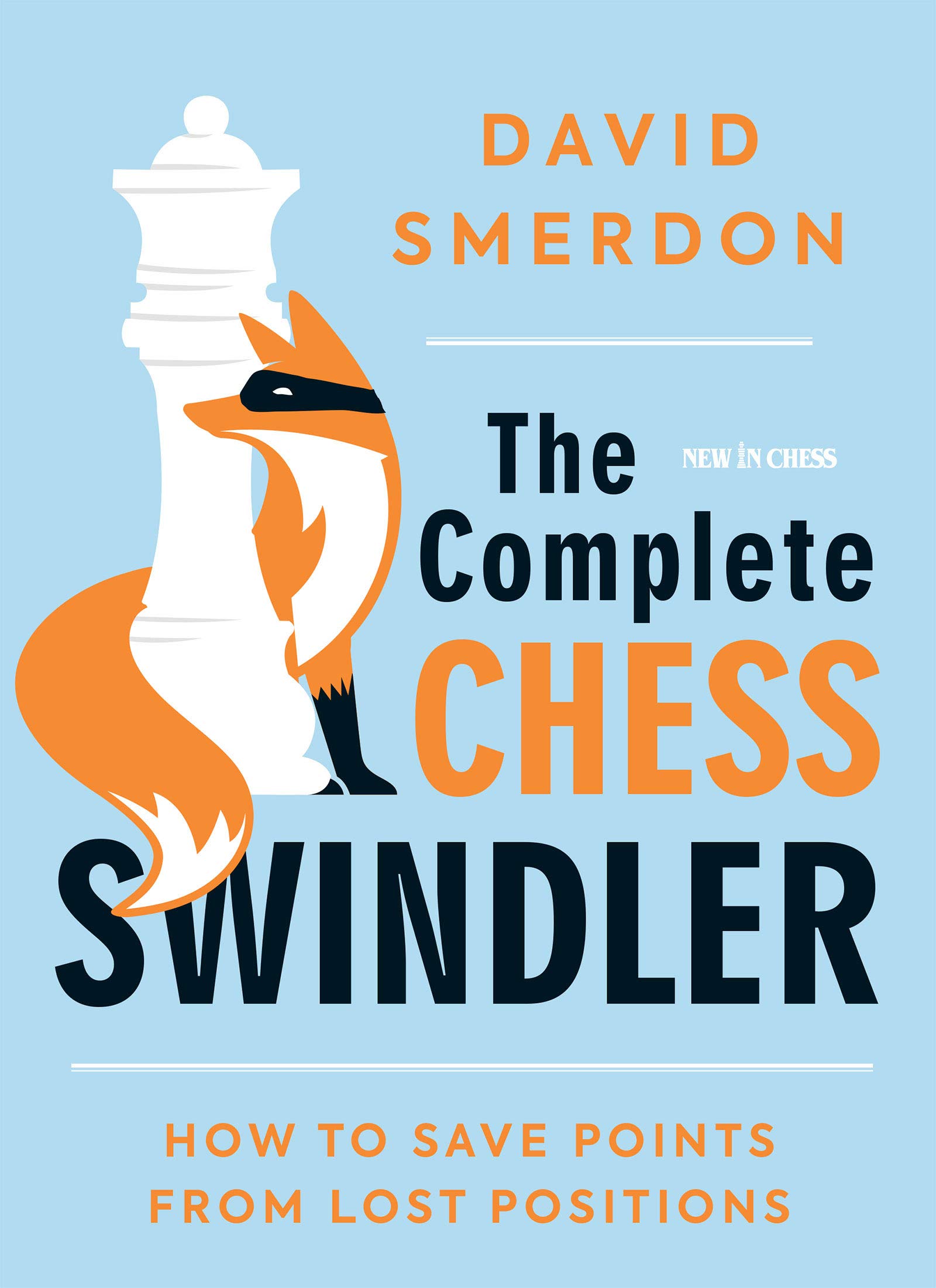
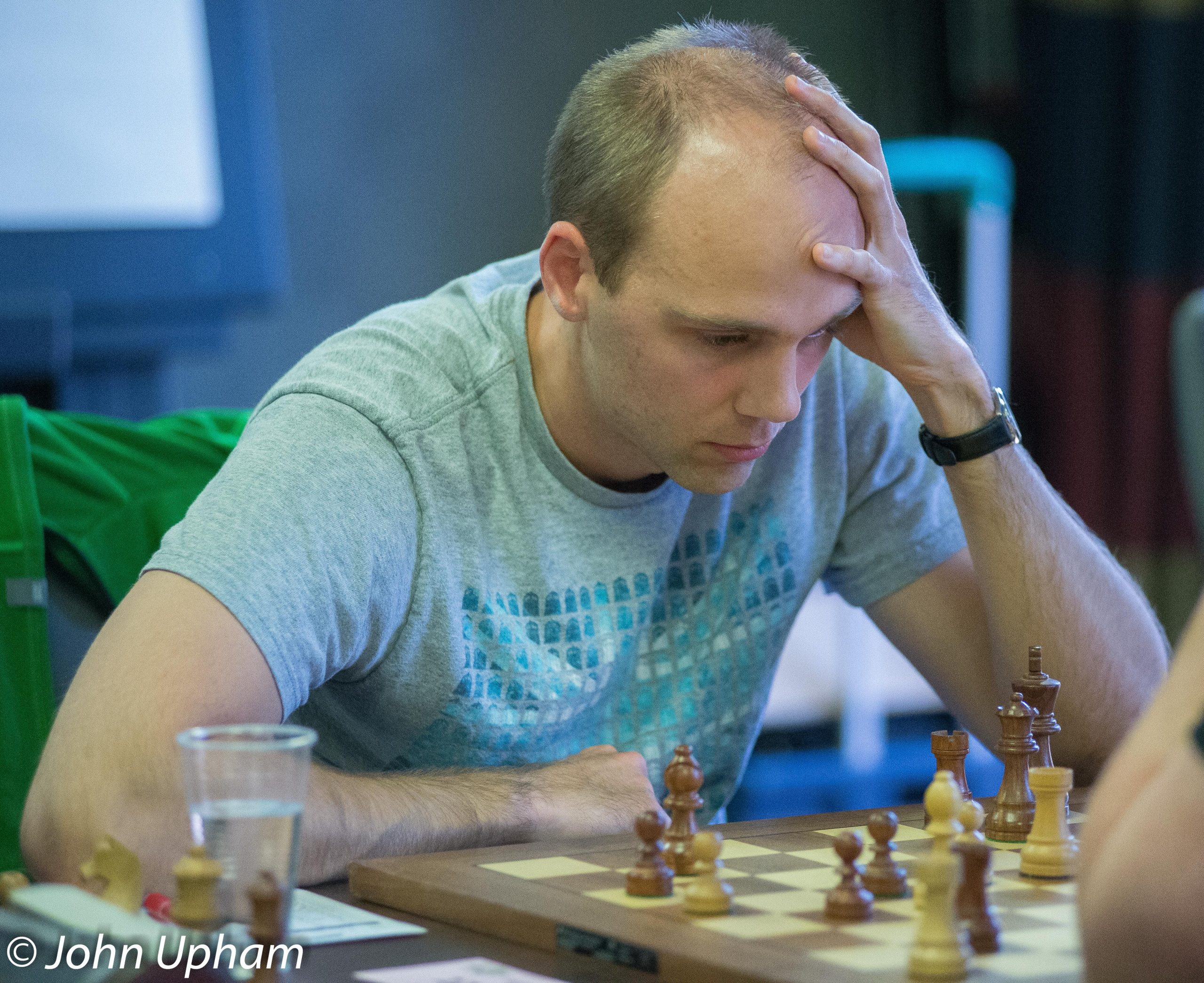
David Smerdon is an Australian chess grandmaster and behavioural economist. In 2015 he published the highly successful chess opening book Smerdon’s Scandinavian.
From the book’s rear cover :
“Chess is a cruel game. We all know that feeling when your position has gone awry and everything seems hopeless. You feel like resigning. But don’t give up! This is precisely the moment to switch to swindle mode. Master the art of provoking errors and you will be able to turn the tables and escape with a draw or sometimes even steal the full point!
Swindling is a skill that can be trained. In this book, David Smerdon shows how you can use tricks from psychology to marshal hidden resources and exploit your opponent’s biases. In a lost position, your best practical chance often lies not in what the computer recommends, but in playing your opponent.
With an abundance of eye-popping examples and training exercises, Smerdon identifies the four best friends of every chess swindler: your opponent’s impatience, their hubris, their fear, and their need to stay in control. Youll also learn about such cunning swindling motifs as the Trojan Horse, the decoy trap, the berserk attack, and ‘window-ledging’.
So, come and join the Swindlers’ Club, become a great escape artist and dramatically improve your results. In this instructive and wildly entertaining guide, Smerdon shows you how.”
As with every recent New in Chess publication high quality paper is used and the printing is clear. The book can easily be laid flat next to the board and does not require weights to prevent it from “self-closing” (a particular bugbear of ours !). Each diagram is clear and the instructional text is (mostly !) typeset in two column format, which, we find, enables the reader to maintain their place easily. Figurine algebraic notation is used throughout and the diagrams are placed adjacent to the relevant text.
Who doesn’t love a good swindle? Well, if you’ve just been swindled in the final of your online club championship I guess you might not, but, in truth, as long as we’re not the victim we all love a good swindle.
So it’s surprising, then, that it’s a subject which hasn’t been covered much in chess books. Australian GM David Smerdon’s new book promises to fill that gap in your library.
Here’s Smerdon’s description of a swindle:
1) The Swindler starts from an objectively lost position.
2) The Swindler consciously provokes the victim into blundering, usually by taking advantage of some psychological trait.
3) The victim squanders the advantage, allowing the swindler to escape with a draw or even the full point.
He also offers three questions to help you find swindles.
1) What does my opponent want?
2) How is he planning to do it?
3) What’s good about my position?
Let’s look at an example.
This is Shirov-Kramnik (Groningen 1993). White launched a manic attack right from the opening, but Black defended calmly.
Now Shirov had to make a choice. He saw 18. Qh4 Nxg3 19. Bxe7 Nxf1 20. Bxd8 Qxe5 21. Bf1 Qe3+ 22. Kb1 Bc6 which he assessed as favourable to Black due to White’s uncoordinated forces.
Instead he went for the spectacular 18. Bxh6!?! when the game concluded 18… Nxf4 19. Bxg7+ Kh7 20. Rxf4 Rg8 21. Rfg4 Rxg7 22. Rxg7+ Kh6 23. Rg8 Kh7 24. R8g7+ with a draw.
However, as Smerdon points out, Kramnik could have won with the beautiful counter queen sacrifice 21… Qxc3!!, when 22, Rxc3 Rxg7 leaves Black a piece up, while 22. bxc3 Ba3+ is a pretty standard mate. (Smerdon’s ‘exquisite’ seems a bit hyperbolic to me.)
Smerdon might have mentioned that 20… Qxc3!! would also have worked, and that Black could equally well have played 19… Kg8 20. Rxf4 Qxc3!!.
All very interesting, but was it really a swindle?
It depends. Did Shirov see Qxc3 at move 18. at move 21, or not until after the game? If he’d decided 18. Qh4 would lose, had seen the Qxc3 defence and played Bxh6 anyway, hoping Kramnik would miss it, then, yes, it was a swindle. But if he’d seen the game conclusion in advance and played it, thinking he was forcing a draw, then it was something arguably more interesting: a mutual blunder by two of the strongest players in the world.
Why, then, did Kramnik, a future world champion rated 2710 at the time of the game, miss, on two occasions, what was essentially a fairly simple two move tactic. A psychological flaw? A cognitive bias? Perhaps he was only looking at the king side, where all the action was, so missed a tactic on the other side of the board. You could say that looking at the wrong side of the board is a cognitive bias of sorts, but it’s not what Smerdon has in mind.
There are all sorts of reasons why we make the type of mistake we really shouldn’t make. Cognitive bias, yes, but also, for example, time trouble or fatigue. It’s always interesting to hear a great player explain how he made a simple oversight. Take this example.
This is Petrosian-Kortchnoi (1963) with Black to make his 32nd move. White has an overwhelming advantage in this rook ending, but he’s facing a resourceful defender.
Smerdon quotes Petrosian. “For a long time I had regarded my position as a winning one. Thus the whole opening phase of the struggle, when Kortchnoi was unable to get out of trouble, had psychologically attuned me to the idea that the ending would be favourable to me.”
Kortchnoi tried 32… Rf8 (sheer bluff: 33. Rxh6 or Re6 both win easily) 33. d6 Rh8 34. Kg4 Rf8 when the world champion fell straight into the cunning trap: 35. Rxh6?? f3!!.
Petrosian again. “I did not even see the threat f4-f3, possibly because it was in contrast to Black’s hopeless position. Personally, I am of the view that if a strong master does not see such a threat at one he will not notice it, even if he analyses the position for twenty or thirty minutes.”
This, then, unlike the Shirov-Kramnik position, is an excellent example of where Smerdon’s theory works. Petrosian was swindled because he was overconfident, convinced that nothing could possibly go wrong.
Smerdon identifies two pairs of psychological flaws which, in his view, are usually the cause of a player being swindled. Two, impatience and hubris, are caused by overconfidence, while two more, fear and kontrollzwang (the need to keep the position under control) are caused by lack of confidence.
He goes on to suggest that, if you know your opponent is impatient, you should look for a Trojan Horse: a move which seemingly offers your opponent a quicker or easier way to win, but instead sets a trap. If he’s overconfident, consider a Decoy Trap: a move which creates two threats: with any luck he’ll meet the minor threat while missing the major threat.
On the other hand, if your opponent is looking fearful, play a Berserk Attack, which will make him even more scared than he is already. If he’s a player who likes to keep control, adopt a window-ledging strategy: randomise the position so that neither player really knows what’s happening.
This is all very interesting, and great fun as well. Along the way, we meet characters such as Aussie swindling expert Junta Ikeda, and ever-optimistic German FM Olaf Steffens: in one game here we witness him window-ledging Richmond IM Gavin Wall.
But, I wonder how often you have a choice of swindles to set. In the real world, once we’re in swindling mode we’re just trying to find moves to stay in the game and pose problems for our opponent. We’re not really going to stop and take our opponent’s mindset into consideration before deciding which swindle to set up.
Understanding your cognitive biases is important, and, I’d suggest, this is rather more useful in helping to avoid being swindled yourself than in swindling your opponent. But is it really true that swindles usually exploit psychological flaws? I’m not entirely convinced.
By now we’ve reached Part IV, where the mood changes. We now look at the Core Skills swindlers need. The corollary is, of course, that if you want to avoid being swindled you also require these skills.
You can try to swindle your opponent by heading for an ending which might be difficult or impossible to win despite a large material advantage. For instance, KQ v KR is, generally speaking, a win, but notoriously difficult in practice. Knowing the defensive techniques to give your opponent the most trouble is helpful, as is knowing how to win against best defence. KRB v KR, on the other hand, is, generally speaking, a draw, but not so easy over the board (especially if you’re playing Keith Arkell). Knowing the correct technique is again useful – for both sides.
The next two chapters cover Fortresses and Stalemate, both familiar in the rarefied world of endgame studies but not often discussed in relation to competitive chess. We then continue with Perpetual Check, a very frequent guest in Swindleland.
We also look at Creativity. Here, for example, is the conclusion of the remarkable game between Detlev Birnbaum (2190) and Eloi Relange (2420) played at Cappelle-la-Grande in 1995. You’ll have to buy the book to find out what was really happening here.
Part V demonstrates some complete games from both master and amateur chess, including Smerdon’s favourite swindle. Finally, Part VI presents 110 quiz questions, in which you have to find, or avoid, a swindle.
This is a unique book which covers a number of important topics not usually mentioned in text books, and does so in highly entertaining fashion. Smerdon’s writing style is lively, if sometimes loose, and he presents a lot of fascinating material. You’ll find a lot of creative and resourceful ideas here which should inspire all readers to look for ways to convert their potential losses into draws, or even wins. I would guess that, in terms of chess improvement, players in the 1800-2200 range would benefit most, but I really can’t imagine any reader not falling in love with this book. There is a lot of helpful advice – most importantly perhaps, not to give up in a lost position but to look for ways to provoke your opponent into making a mistake. Not only will it help you to find swindles in your own games: it will also help you to avoid being swindled yourself.
I do have a couple of reservations: as mentioned earlier I think Smerdon overstates the importance of cognitive bias in swindles when there are many other factors involved. What looks like a swindle might, on occasion, just be a mutual blunder: to be certain we need to know the swindler’s motive. As a behavioural economist by profession, he is naturally interested in why and how decisions are made, and this is something not very often mentioned in chess literature. Cognitive bias and psychological flaws undoubtedly affect how we study chess as well as our performance at all stages of the game. Given his academic background, Smerdon would, I think, be the ideal author for a book of this nature.
I would also have preferred a broader historical perspective, but then Smerdon, unlike some other authors, is sceptical about the value of studying the classics. Mention might also have been made of endgame studies, which frequently use many of the ideas discussed in this book: you might, at one level, see all endgame studies as the result of a swindle, and I suspect that solving studies, as recommended by a number of esteemed chess coaches, might be very beneficial in helping you to find, or avoid, swindles.
In spite of these reservations, I have no hesitation in recommending The Complete Chess Swindler to all readers. There have been some exceptionally interesting chess books published this year, and this is certainly one to add to the list.
Richard James, Twickenham 23rd September 2020

Book Details :
- Paperback : 368 pages
- Publisher: New In chess (1 Jan. 2020)
- Language: English
- ISBN-10: 9056919113
- ISBN-13: 978-9056919115
- Product Dimensions: 17 x 2.3 x 23.6 cm
Official web site of New in Chess


